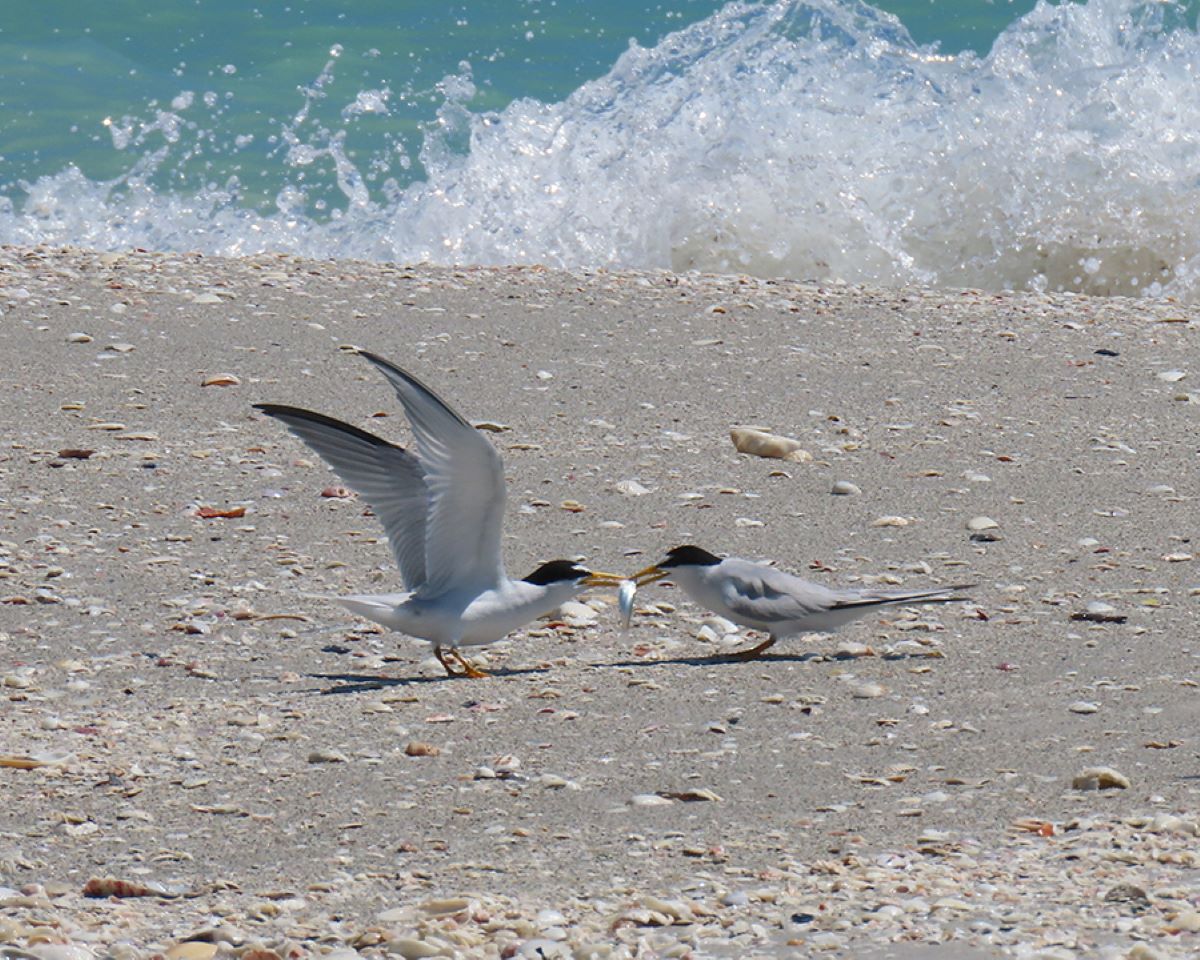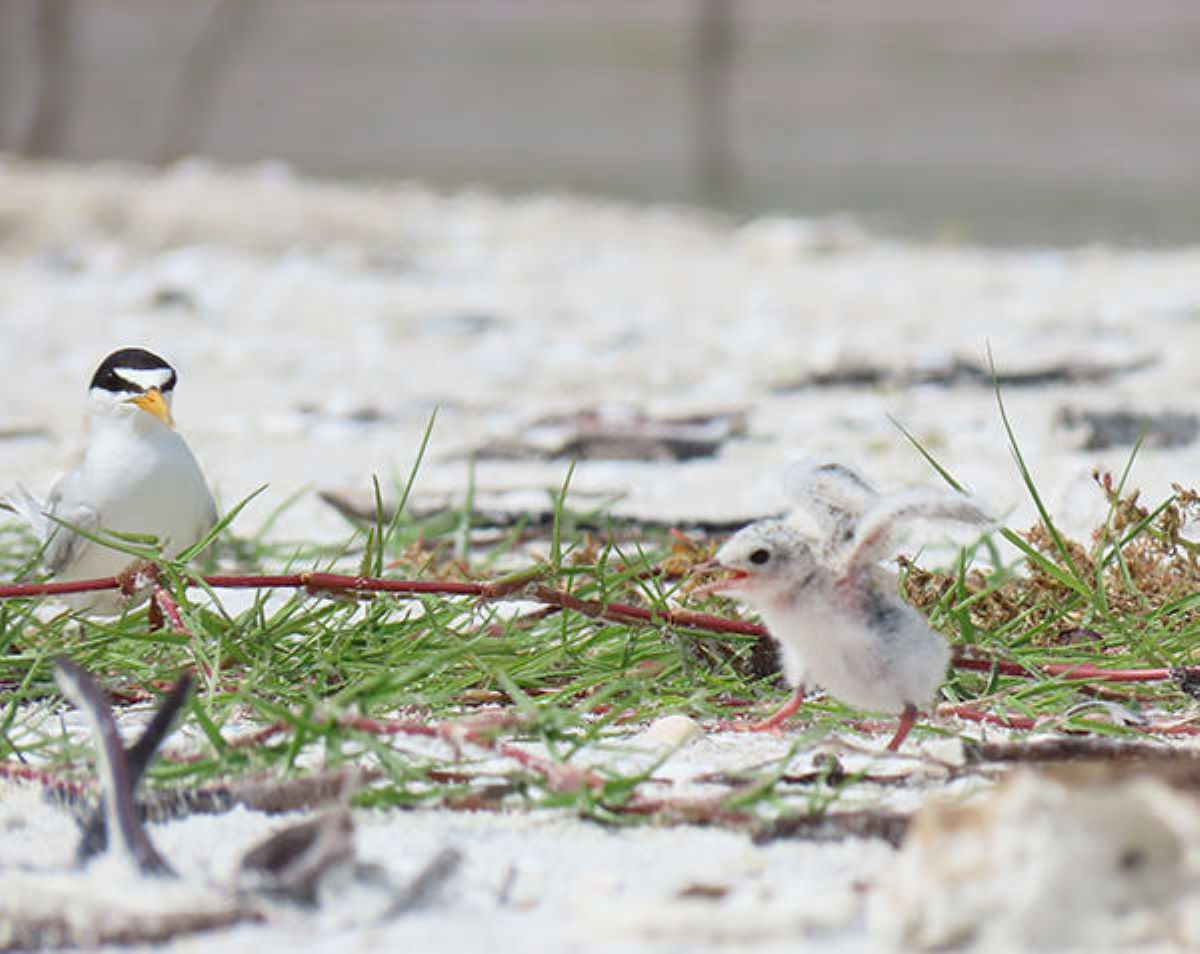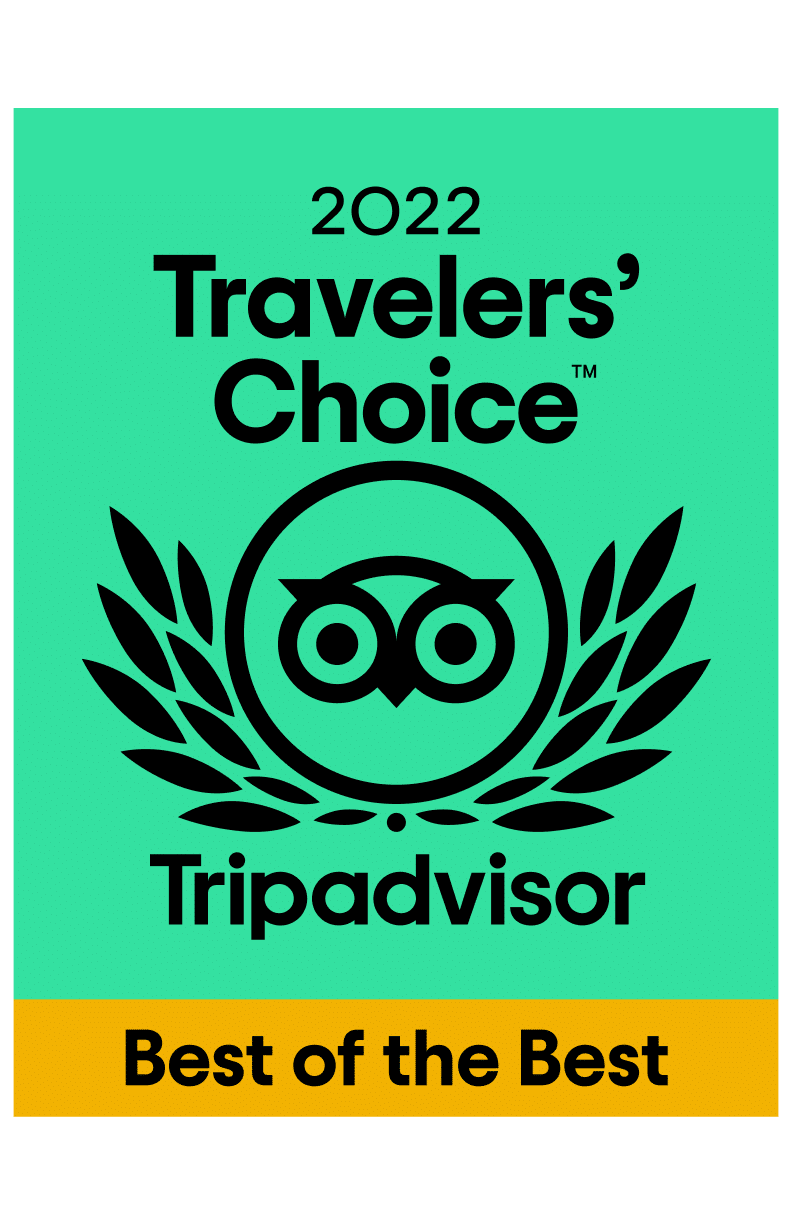

Photos from SCCF
More encouraging news from Mother Nature!
Sanibel-Captiva Conservation Foundation biologists have recently located least tern nests on Sanibel and Captiva, reporting that this is the first time the birds have nested on the islands since 2020.
According to SCCF, least terns — the smallest terns in the world — are state-threatened seabirds that can be found along Florida’s coasts during late spring and summer. The birds often nest close to other beach-nesting shorebirds and seabirds, including piping plovers, snowy plovers and black skimmers.
“Unlike plovers and other shorebirds, seabirds like the least tern are colonial nesters, meaning they nest in groups and work together to defend their nests from predators,” SCCF shorebird biologist Audrey Albrecht said. “A nesting colony of least terns sounds like a chorus of squeaks, which may not sound too threatening, but they’re known to dive bomb and defecate upon anyone coming too close to their nests or chicks.”
An interesting sidenote:
When the Sanibel Causeway was built in the early 1960s, both least terns and black skimmers nested on the causeway islands, leading to many unfortunate vehicle collisions with low-flying adults and flightless chicks.
For decades, conservationists from the J.N. “Ding” Darling National Wildlife Refuge, Sanibel-Captiva Audubon Society, SCCF, Calusa Bird Club and others worked to try and mitigate the losses. Despite their best efforts, hundreds of birds continued to be killed each year.
“Eventually fences were installed along the roadways, which minimized car collisions, but heavy rains running off the roadway sometimes caused nests and chicks to be washed out to sea,” Albrecht said. “Efforts were then made to attract these nesting birds to safer areas away from the causeway.”
By the 1990s, least terns had abandoned nesting attempts on the causeway, and they have been nesting on the beaches of Sanibel, Captiva and Fort Myers Beach ever since.
How can we help protect least terns?
As with efforts to help keep all coastal wildlife safe — including shorebirds, seabirds and sea turtles — people should stay out of posted areas, pick up all trash, keep pets leashed and never feed wildlife. Feeding gulls attract them to nesting areas, putting eggs and chicks at risk.
For more information about how to help protect coastal wildlife, visit sancaplifesavers.org.
A special treat:
Our friends at The Fort Myers News-Press recently spotlighted some of the gorgeous work done by their award-winning photographer Andrew West. Click here to see stunning images of wading birds he captured at various locales in Sanibel and Fort Myers!


